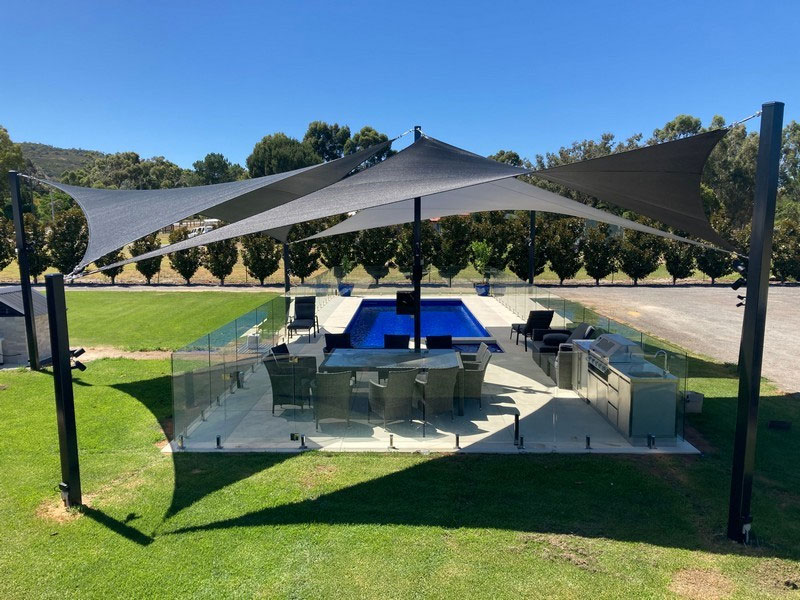
In the dynamic and diverse world of wine, understanding consumer preferences is essential for producers, marketers, and distributors alike. “Understanding Consumer Preferences in the Wine Market” embarks on an empirical study, aiming to unravel the intricate web of factors that influence consumers’ choices, behaviors, and attitudes towards wine.
The study begins by examining the demographic and psychographic characteristics of wine consumers, seeking to identify trends and patterns within different segments of the market. By analyzing variables such as age, gender, income level, and lifestyle preferences Wine study, researchers can gain insights into the diverse needs and desires driving wine consumption.
Moreover, the study explores the role of sensory perception in shaping consumer preferences, delving into the sensory attributes—such as flavor, aroma, body, and finish—that influence individuals’ enjoyment and satisfaction with wine. By conducting blind tastings, focus groups, and consumer surveys, researchers can gather data on consumers’ sensory preferences and discern patterns in taste profiles and style preferences.
In addition to sensory factors, the study investigates the impact of extrinsic cues—such as branding, packaging, price, and labeling—on consumer decision-making. Research has shown that these factors can significantly influence perceptions of wine quality, prestige, and value, often shaping purchase behavior even before the bottle is opened. By analyzing consumer responses to different branding and packaging designs, pricing strategies, and label information, researchers can uncover the underlying drivers of consumer choice in the wine aisle.
Furthermore, the study explores the role of social and cultural factors in shaping consumer preferences, recognizing that wine consumption is often a social activity imbued with meaning, tradition, and symbolism. By examining trends in social media engagement, wine tourism, and cultural events, researchers can gain insights into the evolving tastes and attitudes of wine consumers within different cultural contexts.
Ultimately, the goal of the empirical study is to provide actionable insights that can inform marketing strategies, product development, and consumer engagement initiatives within the wine industry. By understanding the nuanced interplay of demographic, sensory, extrinsic, and sociocultural factors that influence consumer preferences, stakeholders can better anticipate market trends, tailor their offerings to meet consumer needs, and foster meaningful connections with their target audience.
In conclusion, “Understanding Consumer Preferences in the Wine Market” offers a data-driven approach to unraveling the complex dynamics of wine consumption. By grounding insights in empirical research, stakeholders can navigate the ever-changing landscape of the wine market with confidence, agility, and a deeper understanding of what drives consumer choice.


